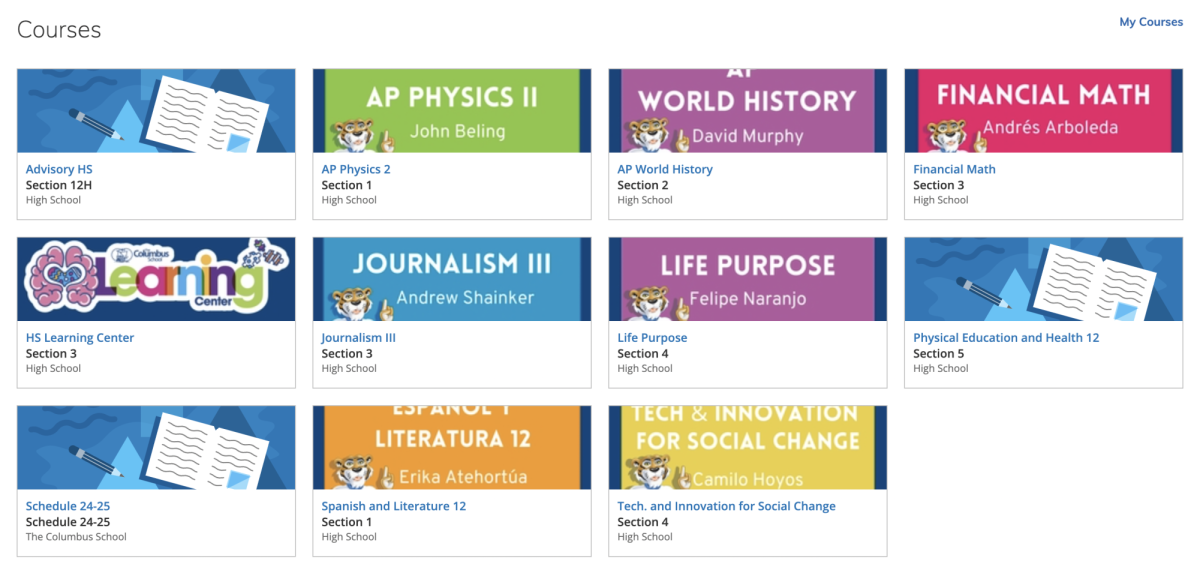A myriad of new classes were recently added for high school students to choose to take during the 2024-2025 school year, and some have begun to question how necessary these new classes are.
However, when adding new classes it is crucial to remember that the school has limited resources and must attempt its best to allocate them appropriately, investing in classes that are favored by large numbers of students and which provide them with a real benefit while classes that don’t fulfill this criteria should not have resources allocated to them.
To start, many of the newly added classes have only a handful of students interested, and yet, they cost the school large amounts of money that could be used for other things such as classes that are more in demand and that more students would benefit from.
According to the college board, it costs $400-$1400 in professional training alone to offer a new AP class. This is before even considering the cost of the teacher’s salary, which will be a lot higher per student in these classes. For some of the new classes, such as AP 3-D Art and Design, there were only about 10 students interested in taking them, in other words, it can cost up to $140 per student in this class in professional training alone, and even more in paying the teacher and the opportunity cost of having the classroom being occupied during an additional 3 hours a week for a class not that many students are taking.
Furthermore, classes that apply to students’ future lives and ambitions, such as the newly added AP Economics are a much better use of resources than classes that won’t have an impact on students’ future prospects and careers. For example, after graduation, many TCS students go on to study something either directly or indirectly related to business. By contrast, subjects such as AP 3-D art and design don’t provide as much value to students post-graduation. For instance, very few TCS students go on to pursue careers that involve the skills students acquire in these sorts of classes.
And while it is true that the school has many resources, both financial and otherwise, so much that these classes aren’t such a big investment, it’s important to consider the opportunity cost of these classes. With the resources that are being spent on these classes which aren’t in demand, the school could add other classes that more students wish to take or invest in improving the school’s infrastructure.
On the whole, while some of these new classes have applicability and large numbers of students interested, which make them worthwhile, many others don’t have either of these characteristics and are thus a waste of the school’s resources.



